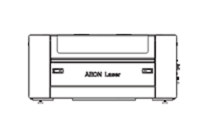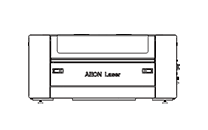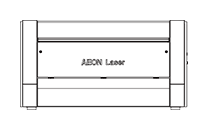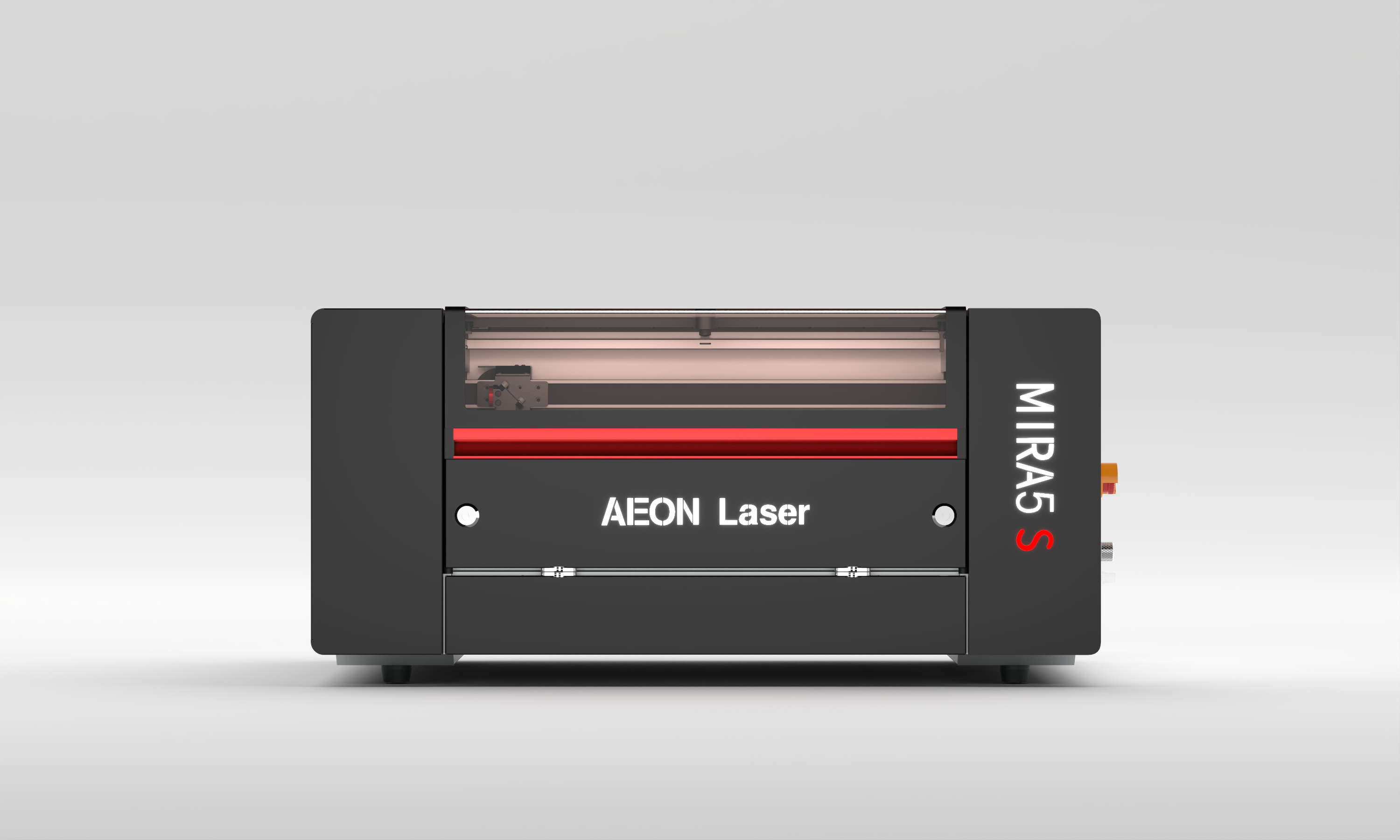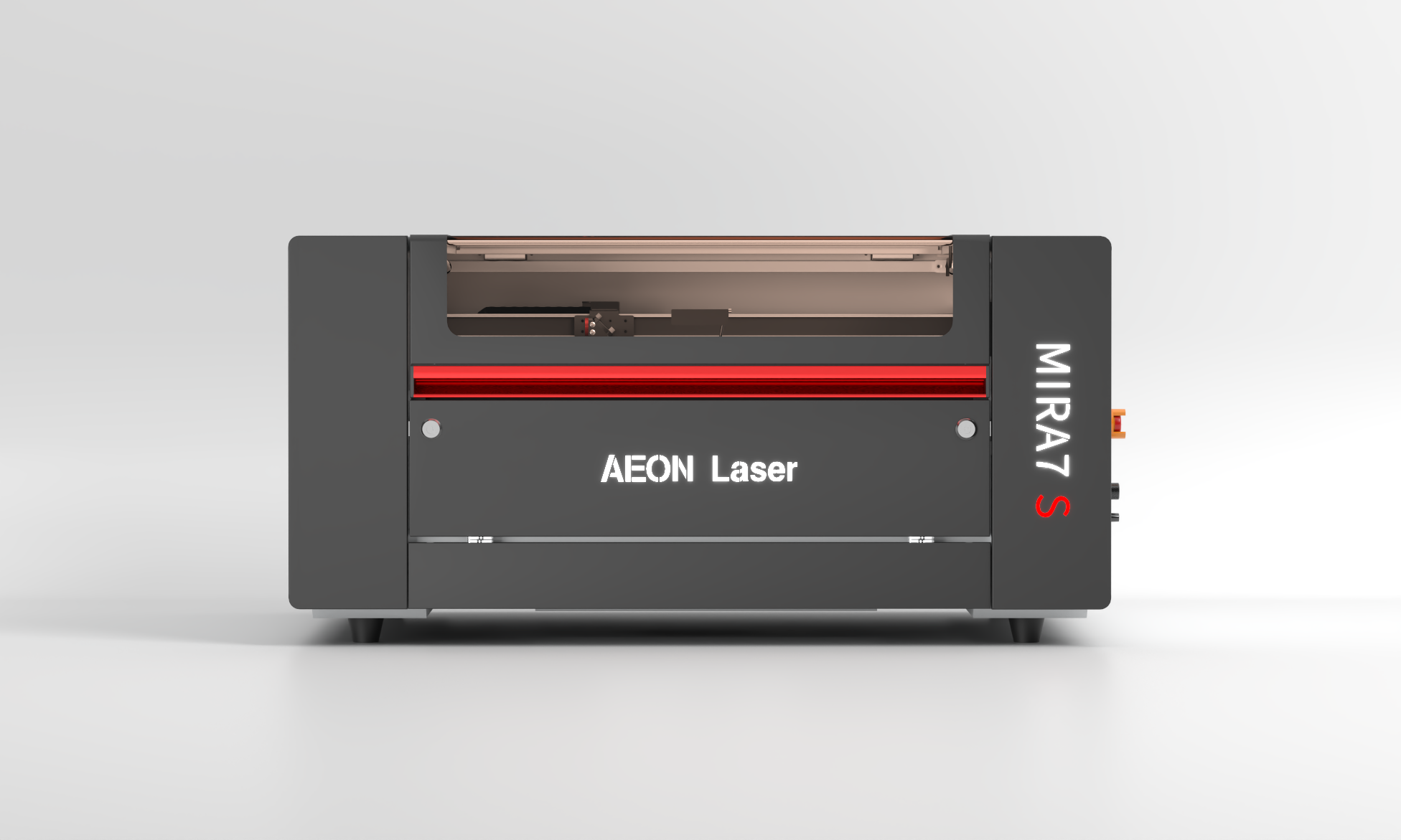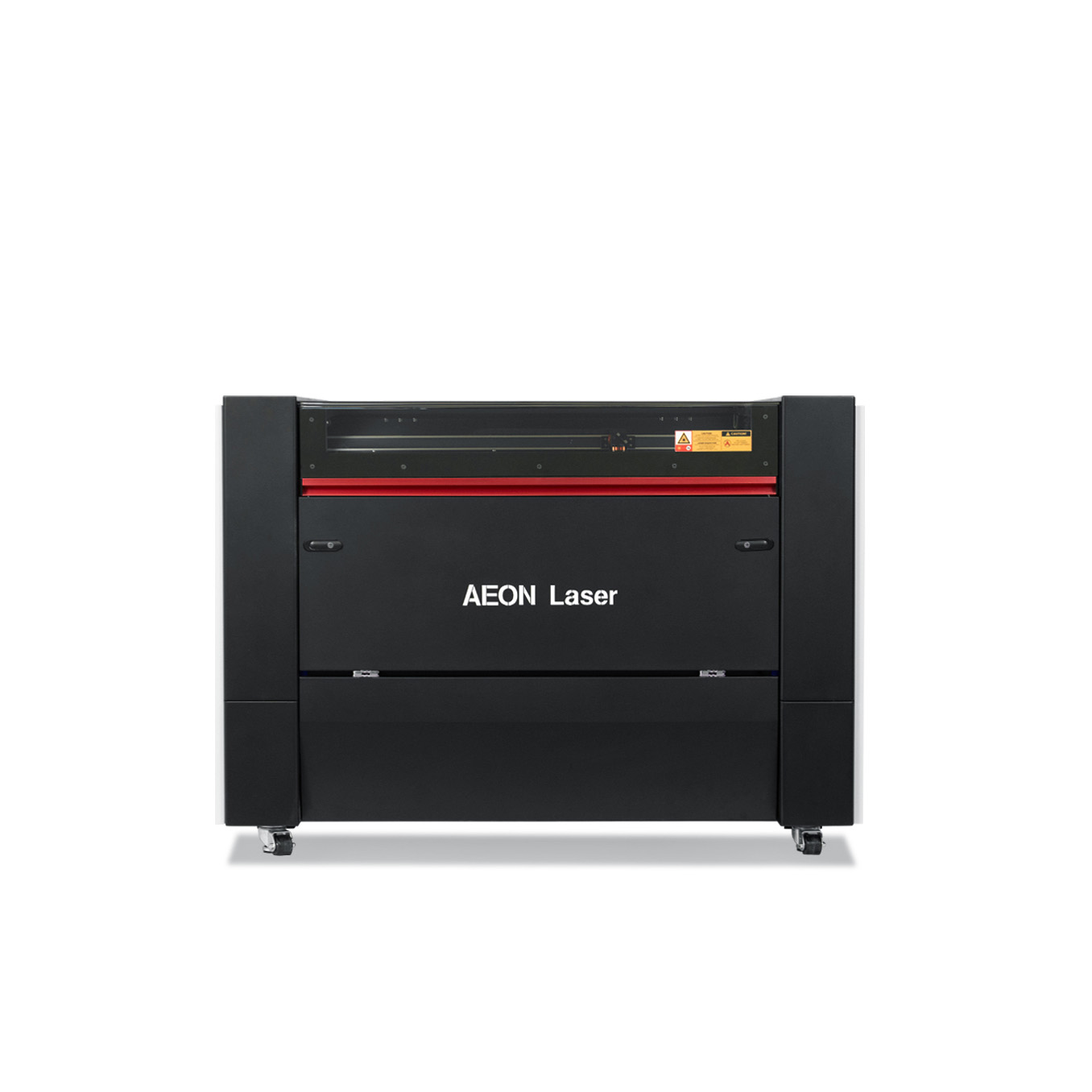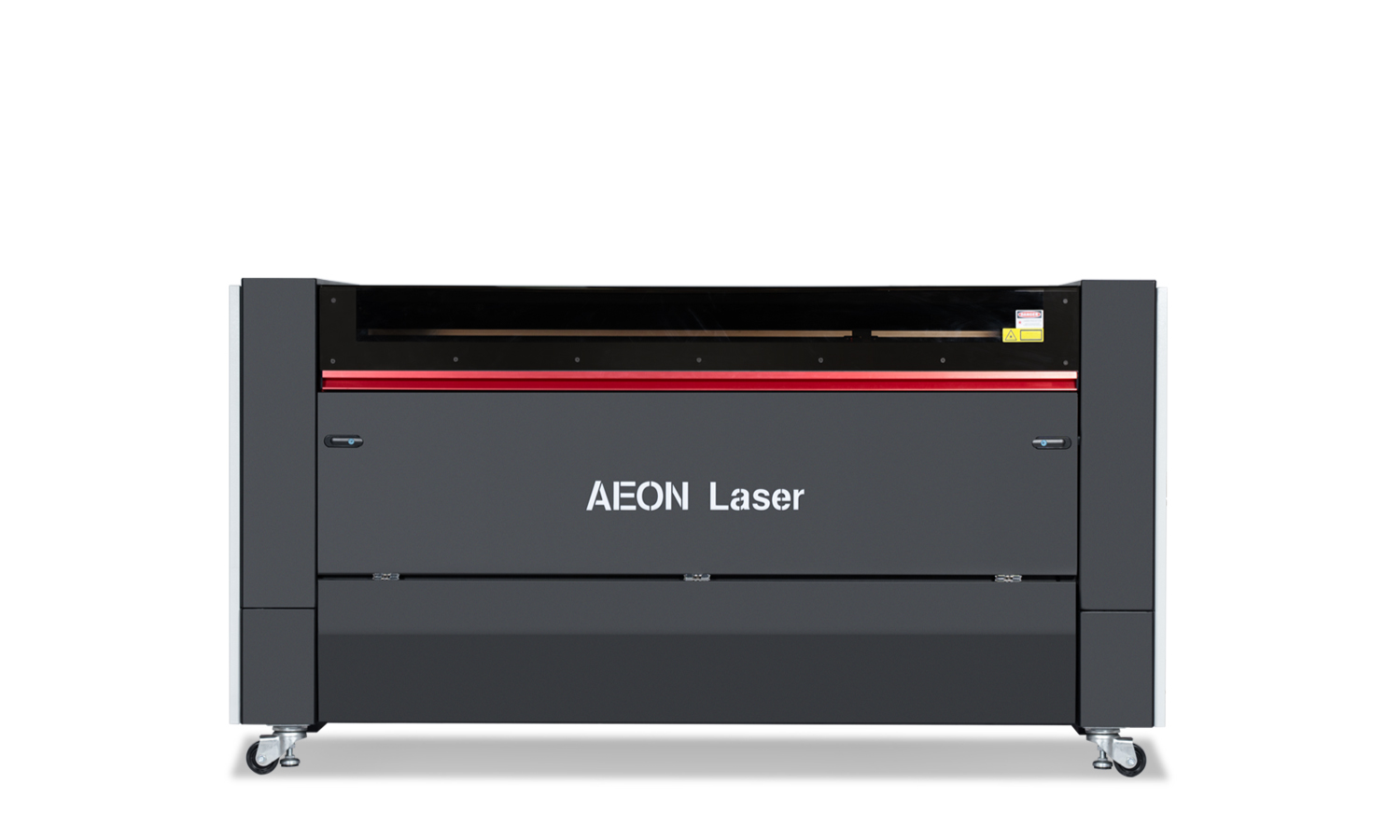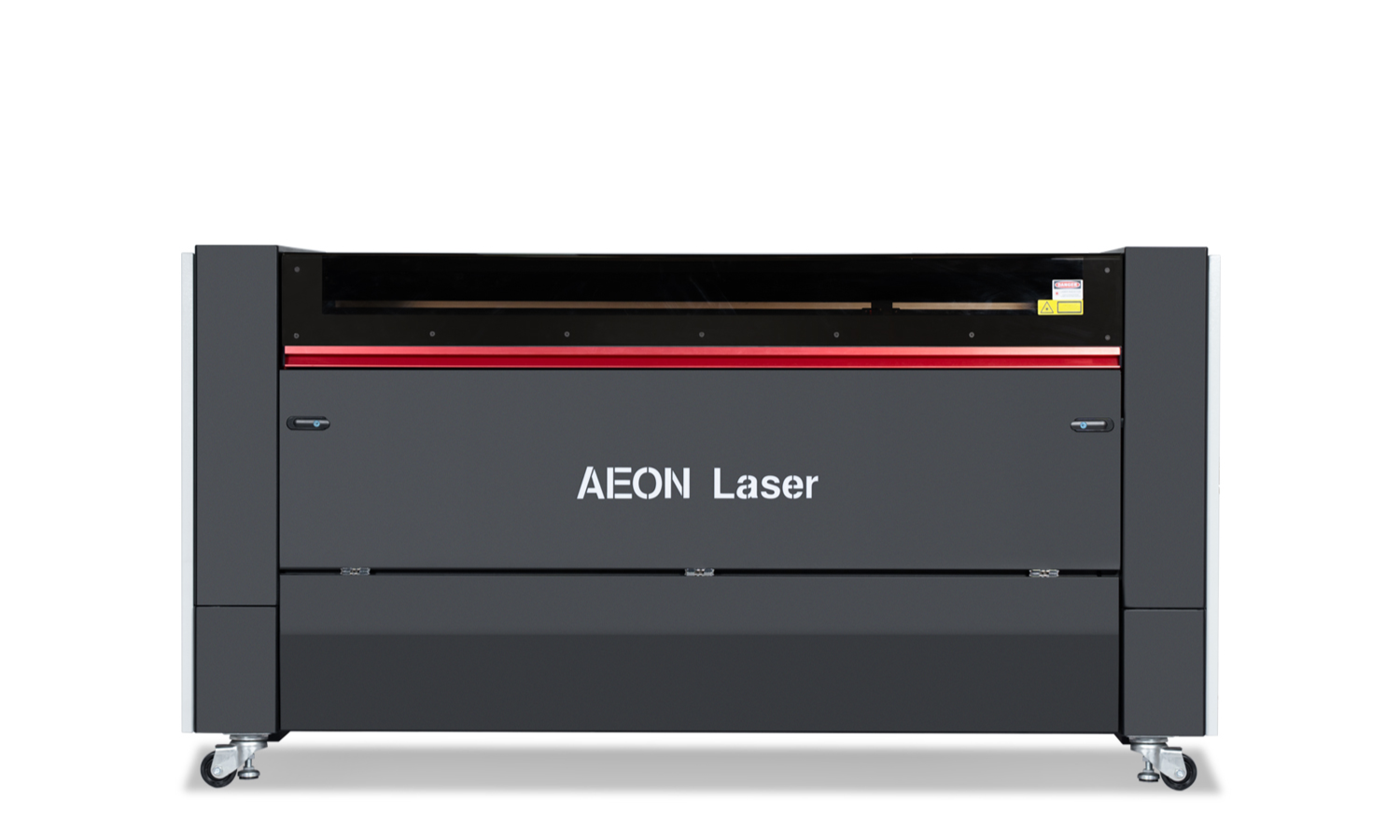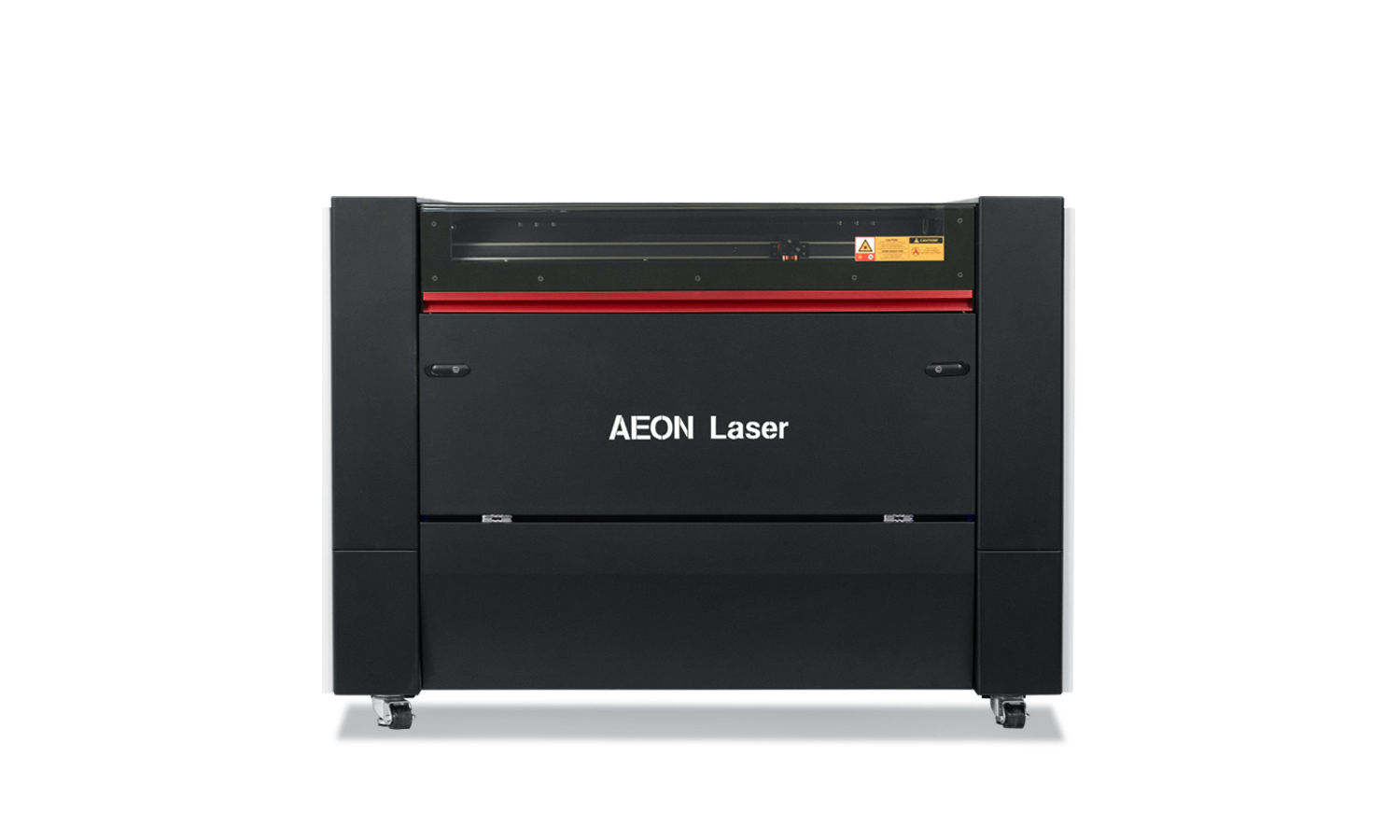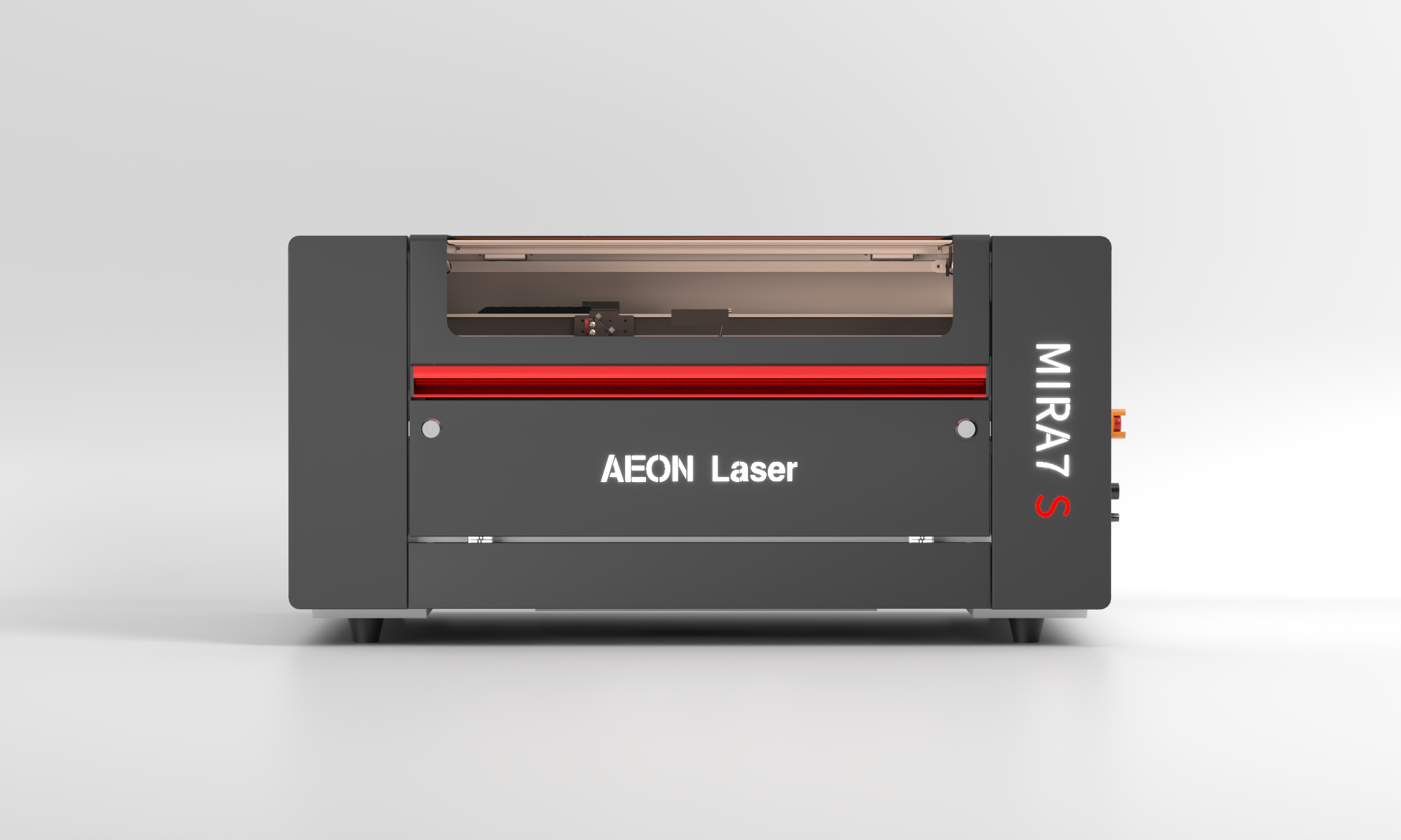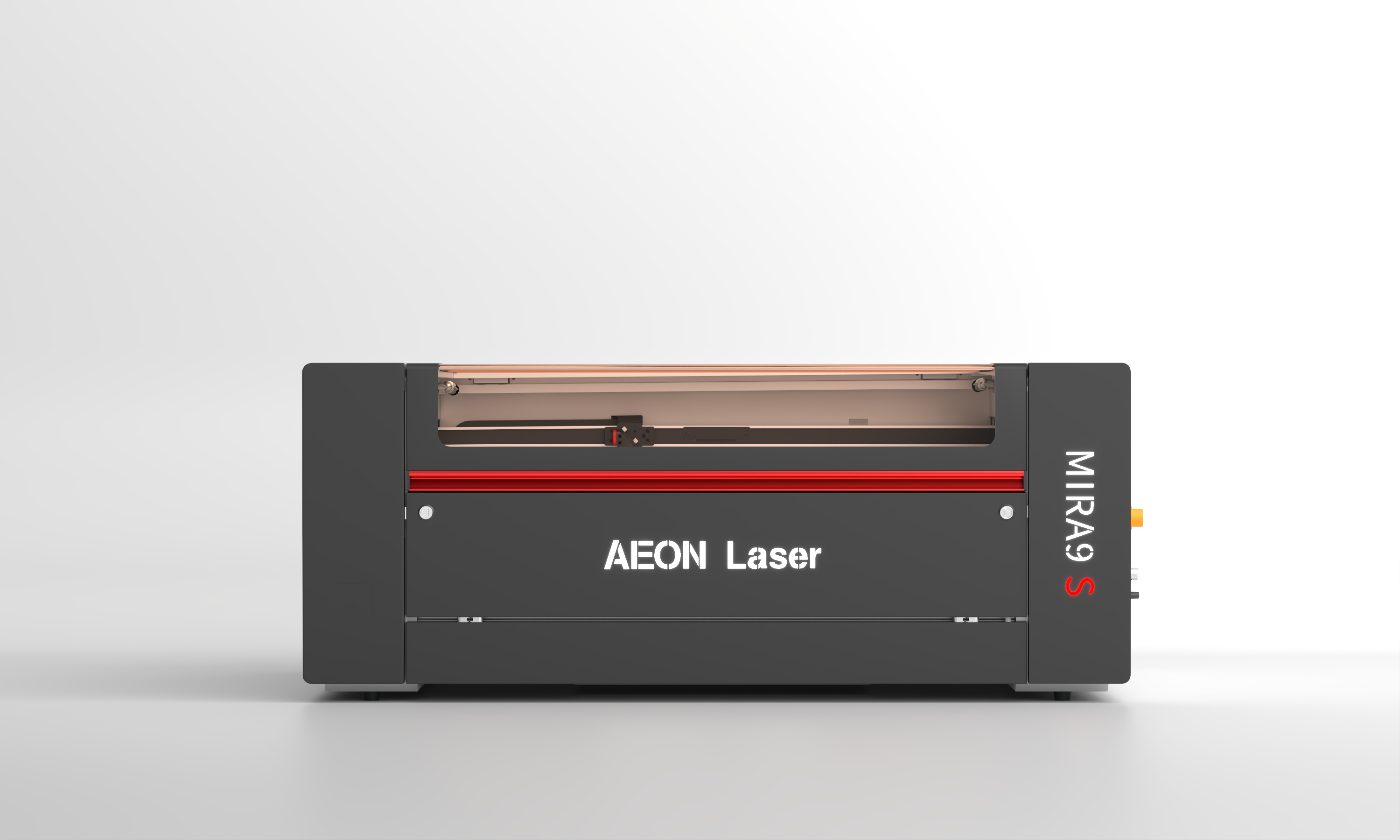CO₂ Laser Processing of Composite Materials
Precision Cutting and Engraving on Multi-Layer and Fiber-Reinforced Composites Using AEON Laser Systems
Composite materials combine multiple constituents—fibers, resins, laminates, or layered substrates—creating unique challenges for cutting and engraving. AEON’s CO₂ laser technology, operating at 10.6 μm wavelength, effectively couples with many organic and polymer-based composites, enabling clean, contactless processing with minimal thermal damage. This makes it ideal for precise shaping, surface marking, and prototyping of complex, multi-material parts.
Key Advantages of CO₂ Laser for Composites
· Strong Energy Absorption in Organics and Polymers
Most fiber- or resin-based composites (wood-fiber MDF, paper laminates, EVA foam) strongly absorb the infrared CO₂ laser beam, resulting in efficient vaporization or carbonization with controlled heat-affected zones. This ensures sharp cuts and high-contrast engraving.
· Non-Contact Processing Eliminates Mechanical Stress
Without physical tooling, CO₂ laser cutting prevents common issues like delamination, edge splintering, or deformation that occur with mechanical blades or routers. This is especially critical for thin sandwich structures or layered composites.
· Intricate Geometry Capability
High-precision beam control and fast modulation allow detailed cuts—ventilation slots, curved edges, interior holes—unattainable with traditional machining on composites.
· Reduced Edge Charring & Thermal Distortion
Properly tuned power and speed, combined with air assist, limit thermal damage. This preserves the composite’s structural and visual integrity for both functional and decorative applications.
· Maintenance-Free Tooling
Digital cutting requires no blade changes or sharpening, making CO₂ lasers ideal for prototyping, custom small-batch production, and frequent design iteration.
Compatible Composite Materials and Processing Considerations
Material Type | Laser Processing Feasibility | Notes & Warnings |
Wood-Based Composites: MDF, Plywood, HDF | Clean cutting and engraving | Avoid high-humidity panels; air assist is recommended to reduce soot. |
Paper-Plastic Laminates: PE-coated boards, carton composites | Effective cutting, surface marking | Avoid PVC layers (toxic fumes); verify coating composition. |
Glass Fiber Reinforced Polymer (GFRP) | Surface engraving only, no through cutting | Risk of fiber release; requires ventilation and PPE. |
Rubber Composites: EVA foam, gasket materials | Cutting and engraving are possible | May produce fumes; ensure proper fume extraction. |
Carbon-Filled or Metal-Pigmented Boards | Limited to surface marking only | Metal pigments can reflect or absorb energy irregularly; caution is needed. |
Fabric- or Leather-Laminated Composites | Good engraving and cutting capability | Flammable nature demands controlled power and ventilation. |
⚠️ Important:
Composite materials containing PVC, chlorinated polymers, or unknown resins can emit hazardous gases (HCl, dioxins). Always perform chemical composition checks before laser processing and use industrial fume extraction and gas filtration systems to ensure operator safety.
Typical Application Scenarios
· Furniture and Automotive Interior Panels
Laser-cutting laminated wood composites and ventilation openings with precise edge quality, without delamination.
· Gasket, Seals, and Insulation Components
Custom shaping of rubber sheets and foam materials with minimal deformation and consistent thickness.
· Architectural and Scale Models
Detailed prototyping using layered composites and cardboard laminates for structural and aesthetic accuracy.
· Packaging Structures
Laser scoring and cutting of multi-layered cartons and coated paperboard for rapid sample creation.
· Industrial Signage and Decorative Panels
High-resolution engraving on wood composites or laminated surfaces to produce durable, visually appealing branding.
Practical Tips for Best Results
· Optimize Power/Speed Settings by Material: Harder composites require slower speeds and higher power; delicate laminates benefit from higher speed and moderate power.
· Use Air Assist to Reduce Residue and Edge Carbonization: Strong air flow removes smoke and debris, improving cut quality.
· Test Material Samples Before Production: Variability in resin types, fiber content, and coatings affect absorption and cutting quality.
· Prioritize Ventilation and Safety Equipment: Especially with unknown composite chemistries, ensure adequate exhaust and gas filtration systems are installed.
· Avoid Multi-Pass Cutting on Delicate Laminates: Multiple passes risk heat buildup and delamination. Prefer single, optimized passes.


